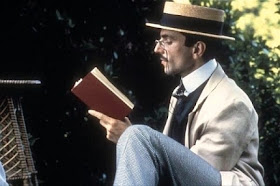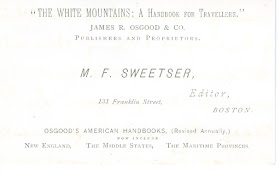Helen Leadbeater of Fryeburg, Maine was a prominent figure in the Mount Washington Valley in the 20th century. Helen was first and foremost an educator. That was her passion. She was also Fryeburg town librarian, Board member of the Conway Library and the Conway Historical Society, and a dedicated historian.
Helen Leadbeater was a groundbreaking female researcher at a time when the field was dominated by men. As strange as that sounds now, there were many fields of science that were closed to women in the last half of the 20th century. Like a lot of strong women, Helen Leadbeater did not let that perception stop her.
After losing her husband, she found herself with some free time in her life. Helen worked with her friends to conduct professional-style archaeological research in the Mt Washington Valley.
While teaching herself the scientific method, Helen used historical materials and carefully researched every scrap of information available on the prehistory of the Valley.
Here you can see a small sample of the hundreds of boxes, each carefully labeled and tied to maps and detailed records in notebooks.
Dozens of pottery shards were examined and carefully pieced together like a puzzle ...
... to get a sense of the size and shape of bowls and pots that were both functional and beautifully decorated from thousands of years ago.
Other items displayed include artifacts of bone and stone, fashioned into atlatl weights, fishing tools, needles and so on.
These items are displayed with sketches and diagrams to help understand how we think these tools were used in the past.
Coincidentally, the current issue of Scientific American magazine features an article on tool making may have actually physically shaped our brains and led the way to how we think today.
Comment us for more links and details.































